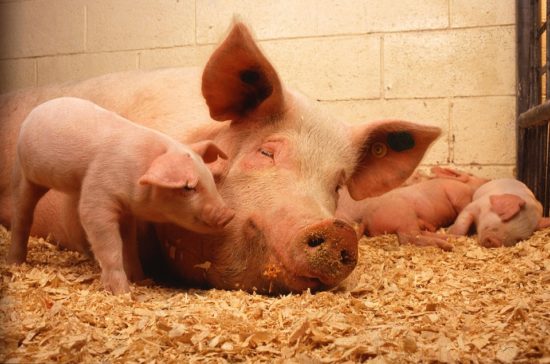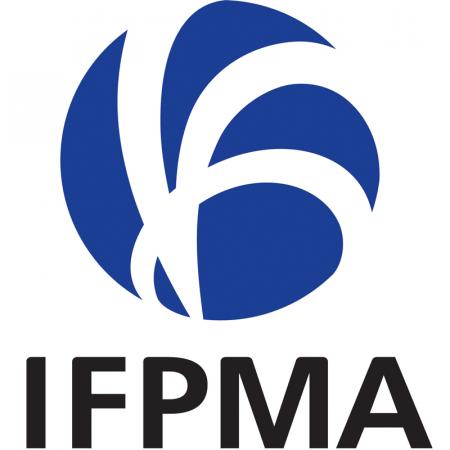Characterization of antibiotic determinants and heavy metal resistance genes in Escherichia coli from pigs in Catalonia
The study reveals that pigs are exposed to more antibiotics than humans, leading to antimicrobial resistance (AMR) among commensal and pathogenic bacteria. Heavy metals are used as feed additives, and increased exposure to copper, zinc, and cadmium can further encourage AMR. The most common AMR genes were mdfA, aph(3″)-Ib, bla TEM-1B, and aph(6)-Id. HM tolerance genes were present in almost every genome but were rarely located on the same plasmids. The exclusive association between mcr-4 and ColE10 plasmid may help target interventions to curtail AMR.
AMR NEWS
Your Biweekly Source for Global AMR Insights!
Stay informed with the essential newsletter that brings together all the latest One Health news on antimicrobial resistance. Delivered straight to your inbox every two weeks, AMR NEWS provides a curated selection of international insights, key publications, and the latest updates in the fight against AMR.
Don’t miss out on staying ahead in the global AMR movement—subscribe now!







